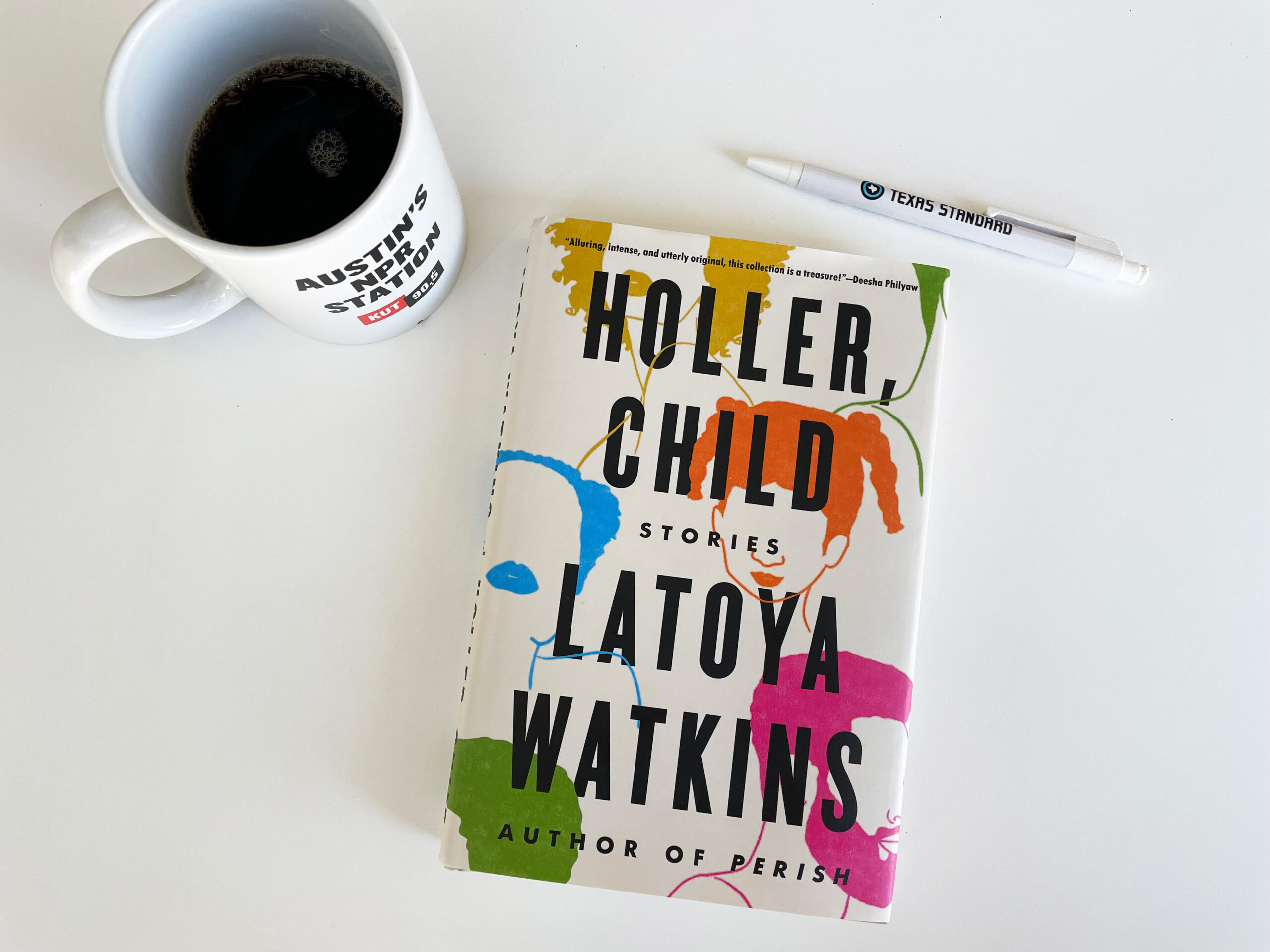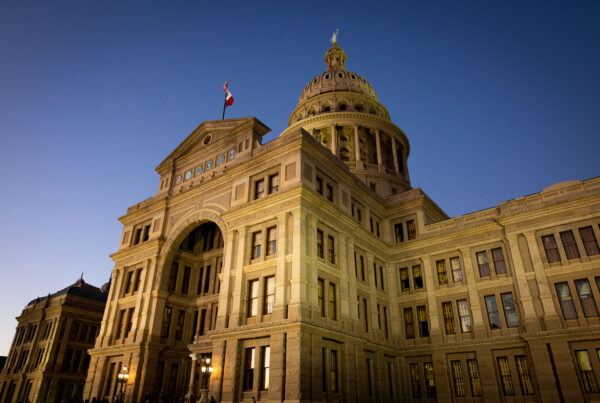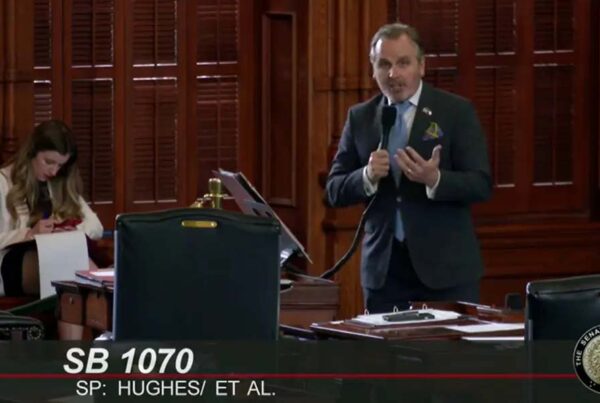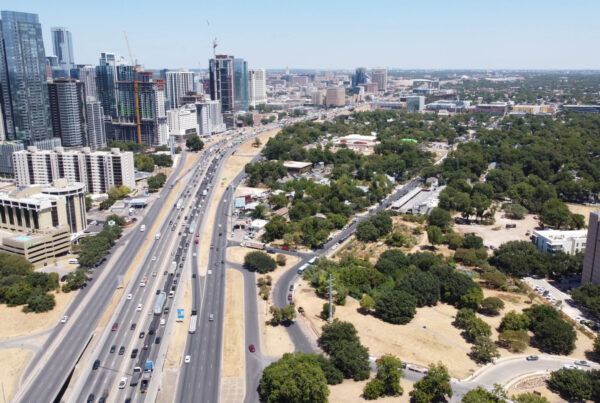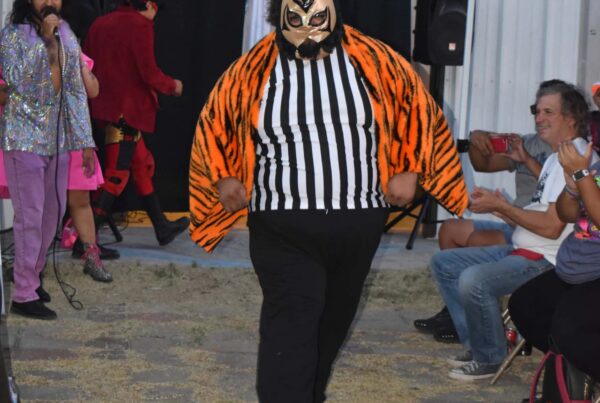In LaToya Watkins’ first book, last year’s acclaimed novel “Perish,” the Texas author wrote about the traumas of a family drawn back to West Texas after the death of a matriarch.
Her highly anticipated follow-up, “Holler, Child” still uses West Texas as a backdrop – but this time, it’s part of 11 short stories, in which the author paints a series of intimate and emotional portraits. Watkins spoke with the Texas Standard about her new book.
This transcript has been edited lightly for clarity:
Texas Standard: “The Mother,” which was the first story of the book – wasn’t that a story you previously published?
LaToya Watkins: Yes, it was one of my first major publications, and it’s always been one of the stories that I feel like I put a lot into. It was research-heavy, and it was actually based off a list that I found years ago that kind of detailed some of the cults in Texas. And I thought that that was something that I was going to make an area of study.
But I kind of got caught up on this idea of where people who would lead cults come from. So I found that character, Hawk, and I stayed with him for a while – or he stayed with me for a while – and it’s always been a special story to me, so it really felt important for that one to come first.
How long have these stories been kicking around in your head or your notepad?
Some of them are brand-new; a lot of them are brand new. And short story writing is my love language, I think.
What is it about the short story? It sounds like you really almost prefer the short story genre.
I do. In the beginning, I thought that that’s what I would be: a short story writer and nothing else. And then I found out very quickly that publishers don’t just want short story collections. So, I went back and spent time kind of developing the craft around long-form writing, which I love now, but nothing quite hits the way a short story does to me.
And I think it is because I keep this box of characters – this index box with cards full of characters, people that I see and happen upon – and I just put them in the box. And when it’s time, when a situation arises, I dream a situation or fill one to put those characters in, I take them out and sit with them and that situation for a while.
» GET MORE NEWS FROM AROUND THE STATE: Sign up for our weekly ‘Talk of Texas’ newsletter
Well, I want to ask about the setting because, you know, all these stories are set in West Texas, and I know that a lot of your extended family lived there while you were growing up. What do you remember about that area, and how much does that inform your approach as you’re writing?
For this collection, it was important, because if I wasn’t going to set the story and in West Texas, there was going to be a West Texan in the story. And I think what I remember so much is that after we left West Texas, when we went back – because I have family in East Texas, too, so when we would go to East Texas, there are different cultural practices for the region then there are for West Texas. And those in West Texas were so stand-out and quirky to me and just fascinating.
A dust storm coming through Texas creates a different person, on an afternoon. You get people who are prepared for that sort of thing; you get people who want to stand out there in it. I remember having a cousin who, there was a dust storm, and he’d like to sit on the roof – I actually thought I was going to write a story about this – of his mother’s house during dust storms. And as he grew up, his eyesight was very bad, and everyone was certain that it was because of the dust storms that he liked to watch coming in.
So I think those different practices – what people eat, how they spend their time, even just watching the news, watching the weather – when we were in West Texas, when I was young, was a different experience. Preparing for tornadoes, that sort of thing. So it just kind of left an imprint on me. And I love writing about it.
I wonder, as you were doing research on these stories, did you come to any conclusions about the experience of Black West Texans and how they are distinct from – why they are distinct from – say, East Texas, which you were just talking about, too?
This is something that I’m still working through and exploring because Texas is so huge; it’s wide, and I love all parts of it. For book tour, I like to drive. When I’m in Texas, I like to drive, and I really like to drive through West Texas because it’s a different as a Black woman: I feel safe. I don’t think I’ve been pulled over a lot going west, not as much as I am going east.
And I think that with Black West Texans, there is – I’m not saying that there’s not a fight or a rebellious nature when it comes to civil rights or when it came to that movement – but there was a natural segregation there in most part because emancipation happened before that part was taken over. So when people migrated to West Texas, they were oftentimes trying to get away from the racial tension in other parts of Texas.
I think there was kind of this idea of keeping away from trouble, keeping away from tension, in order to stay safe. And that’s one of the biggest differences that I’ve noticed.
» MORE: LaToya Watkins’ first novel ‘Perish’ is rooted in Texas and inspired by stories that haunted her
Well, I’m wondering how your own feelings about the place have evolved since becoming an adult.
I think it was fun when I was a girl. When I was a teenager, it was, for me, backward and slow. But now there’s this nostalgia that I have about West Texas. I think it comes with age and with losing people, because we become connected – for me, I become connected – with people through time and space, through a place. And so many of my people who were from West Texas are no longer here, are no longer alive.
And a lot of times I want to go back and feel, stand in the places that were there that are no longer there, that look gutted out and burned, just to remember them. I like taking that drive because each stop helps to remember people. So I think that I grow with research and with distance – I begin to love this place and think of it as home in a way that I didn’t before.


